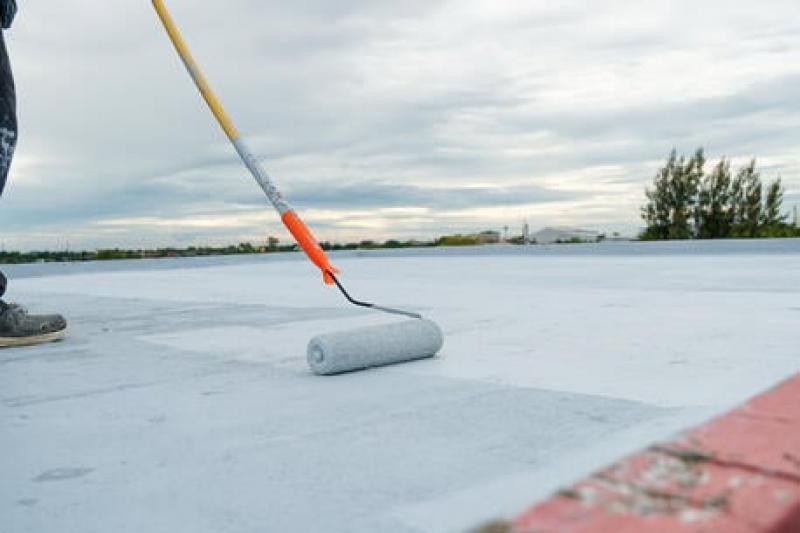Elastomeric coatings have emerged as a revolutionary solution in the construction industry, offering unique advantages and versatility in protecting and enhancing various surfaces. These advanced coatings are formulated with elastomeric polymers, which impart remarkable elasticity and flexibility to the coating, making them highly durable and long-lasting. In this article, we will delve into the key features, benefits, and applications of elastomeric coatings in modern construction.
Key Features and Properties
Elastomeric coatings are engineered to withstand extreme weather conditions, UV radiation, and temperature fluctuations, making them an ideal choice for both exterior and interior applications. Their exceptional elongation and recovery properties enable the coating to expand and contract with the underlying substrate, preventing cracks and water infiltration, which is a common problem in traditional rigid coatings.
Furthermore, elastomeric coatings provide superior resistance to dirt, mildew, and algae growth, ensuring a cleaner and well-maintained surface for an extended period. This characteristic makes them particularly valuable for buildings located in humid or coastal areas, where moisture-related issues are prevalent.
Advantages and Benefits
Waterproofing and Weather Resistance: Elastomeric coatings create a seamless, waterproof barrier that shields the underlying surface from rain, snow, and moisture. Their remarkable ability to endure harsh weather conditions helps extend the lifespan of structures and reduces maintenance costs.
Energy Efficiency: Buildings coated with elastomeric coatings often experience improved energy efficiency due to the coating's reflective properties. The coatings can reflect a significant amount of solar heat, reducing the heat absorbed by the building and subsequently lowering cooling costs.
Crack Bridging and Flexibility: One of the most significant advantages of elastomeric coatings is their ability to bridge existing cracks in substrates. This property prevents water from seeping into the cracks and causing further damage, ensuring the integrity of the building envelope.
Aesthetic Enhancements: Elastomeric coatings are available in a wide range of colors and finishes, allowing architects and property owners to enhance the aesthetic appeal of their buildings while providing excellent protection.
Applications
Elastomeric coatings find application in various areas of modern construction, including:
Exterior Walls: Elastomeric coatings are widely used on exterior walls to protect against weathering, UV degradation, and water intrusion. They can be applied to concrete, stucco, masonry, and other substrates.
Roofing Systems: Elastomeric roof coatings are highly effective in extending the life of roofs by preventing leaks and reducing heat absorption.
Parking Decks: The high durability and crack-bridging ability of elastomeric coatings make them ideal for protecting and waterproofing concrete parking decks.
Bridges and Infrastructure: Elastomeric coatings provide an excellent protective layer for bridges, highways, and other critical infrastructure, safeguarding them against environmental elements and corrosion.
Conclusion
Elastomeric coatings have become a game-changer in the construction industry, offering an array of benefits that go beyond traditional coatings. Their ability to waterproof, weatherproof, and enhance energy efficiency has made them a popular choice for architects, contractors, and property owners alike. As technology and formulations continue to evolve, elastomeric coatings are likely to remain at the forefront of modern construction practices, promoting sustainability, durability, and resilience in the built environment.
